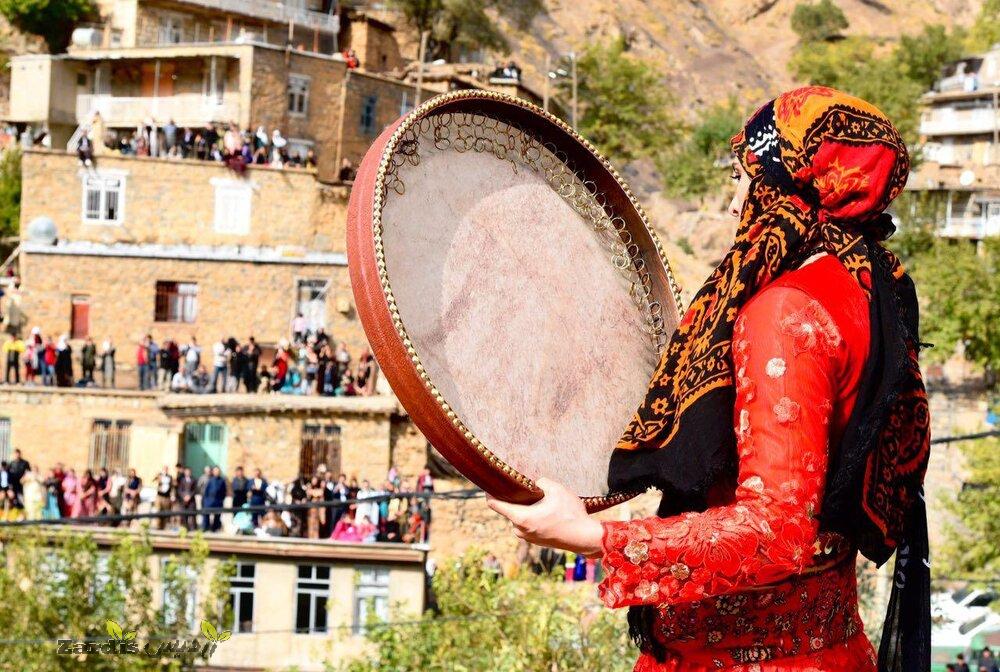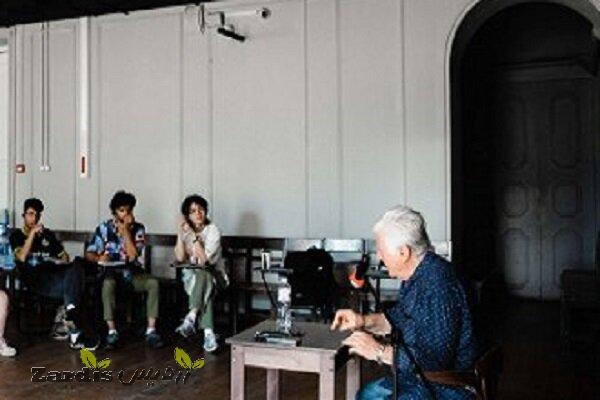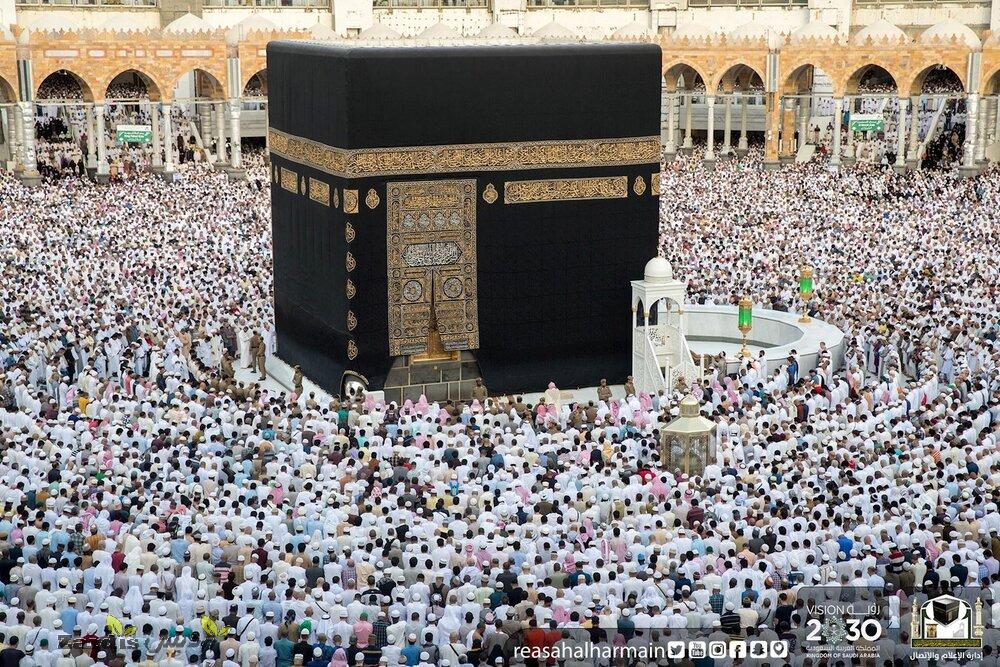TEHRAN – On Saturday, a museum dedicated to rural intangible heritage was opened to the public in Zardui village of Kermanshah province.
The museum, which is the first of its kind in the province, aims at displaying and introducing intangible cultural elements, which are a part of the identity of the people of the region while providing an opportunity to attract more tourists, the provincial tourism chief Jabbar Gohari said.
Intangible elements of culture, such as song, music, cooking, handicrafts, and festivals, have their own charm and are currently of great interest to foreign tourists, the official explained.
While preserving and protecting intangible heritage by establishing such museums is one of the priorities of the province’s Cultural Heritage, Tourism and Handicrafts Department, private sector investors are also welcome to collaborate, he added.
Kermanshah embraces a variety of awe-inspiring historical sites, of which Bisotun and Taq-e Bostan are both on the UNESCO World Heritage list.
Inscribed into the base of a towering cliff, Taq-e Bostan comprises extraordinary Sassanian bas-reliefs of ancient victorious kings divide opinions. Late afternoon is the best time to visit, as the cliff turns a brilliant orange in the setting sun, which then dies poetically on the far side of the duck pond.
Bisotun is a patchwork of immense yet impressive life-size carvings depicting king Darius I and several other figures. UNESCO has it that Bisotun bears outstanding testimony to the important interchange of human values on the development of monumental art and writing, reflecting ancient traditions in monumental bas-reliefs.
ABU/AFM
Zardis news | The latest news of Iran and the world
تمامی حقوق مطالب برای "Zardis news"محفوظ است و هرگونه کپی برداری بدون ذکر منبع ممنوع می باشد.
طبق ماده 12 فصل سوم قانون جرائم رایانه ای کپی برداری از قالب و محتوا پیگرد قانونی خواهد داشت.







